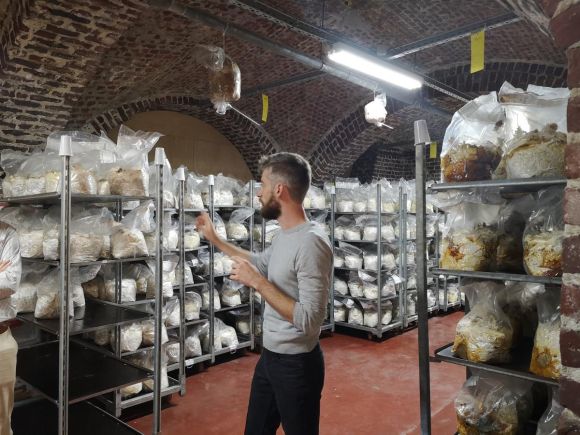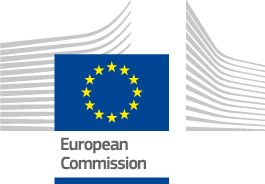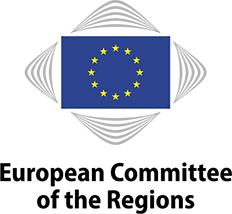
The Cohesion Policy plays an important role in terms of innovation in European regions. The link between public administration and private sector finds its best realization in projects funded by European institutions and, in order to confirm it, there's the Abattoir, a popular food market in Anderlecht that attracts 100,000 visitors each week.
It's an old site that little by little combines past to a long-term perspective, becoming also a good economic reality that rediscovers the canal area. With 30 acres of surface, Abattoir is situated on the metro line connecting the south railway station with the Brussels Expo. But it's also a slaughter line and meat cutting, market, events, culture, and productive activities center. It's possible to think about it as an ideas laboratory, where the startup system grows.
Le champignon de Bruxelles is one of them and its aim is to produce mushrooms with beer. This cooperative is a hotspot of urban agriculture, circular economy, and exotic champignon flavors. The important structures of Abattoir are Foodmet, done by EFRO 2007-2013, and Manufakture, built thanks to EFRO 2014-2020. Foodmet's total surface is about 4,000 m2 and combines a greenhouse, a fish farm, and vegetable gardens. It responds to the consumers' demand for healthier, local and traceable food.
Everything is produced naturally, without any chemicals. On its roof, there's the Abattoir farm and the location is no coincidence: cities need to optimize space, reduce energy and CO2 and recover rainwater for on-site use. The Abattoir Farm demonstrates how the circular economy can be achieved in a dense city as Brussels: it produces quality and local food in the heart of the city.
The farm's greenhouse uses aquaponics technique, a combination of hydroponics and aquaculture, to grow vegetables and fish. It uses two closed-loop recirculating systems where fish and plants are linked by a biological filter that transforms urea in nutrients.
The filter with billions of microorganisms purifies the fish water, which in turn serves to feed the plants in the greenhouse and the outdoor garden. The aquaculture has a yearly capacity of 35 tonnes of striped bass fish, a popular freshwater fish. The greenhouse produces herbs, tomatoes, and microgreens. One of its objectives is that by 2035 the agriculture in the city center will produce 30% of the unprocessed fruit and veg consumed by the Region's residents.
Abattoir acts locally, thinking globally: it produces goods spread in supermarkets and it's becoming an example of innovation that inspires other economic systems, and proving that the Cohesion Policy investments are important to make Europe competitive in the international circuit, guaranteeing those entrepreneur proposals to be realized.
By Ilaria Potenza (Italy)



